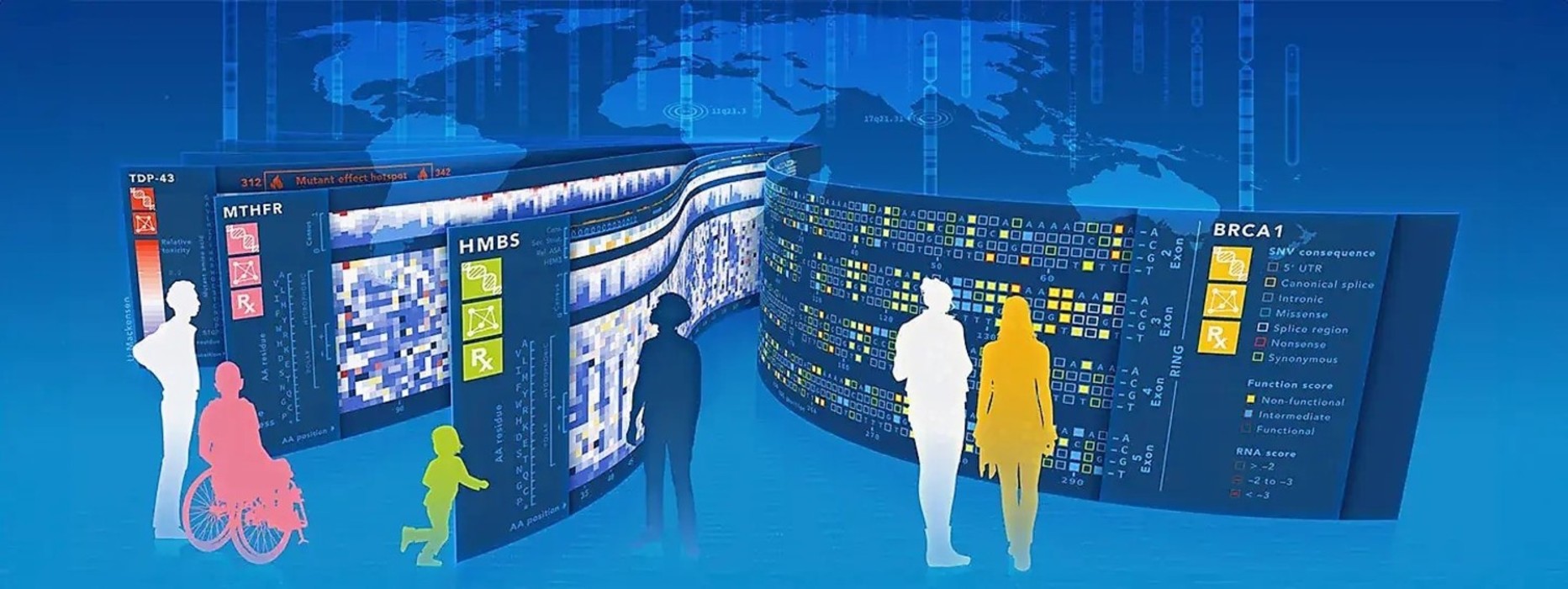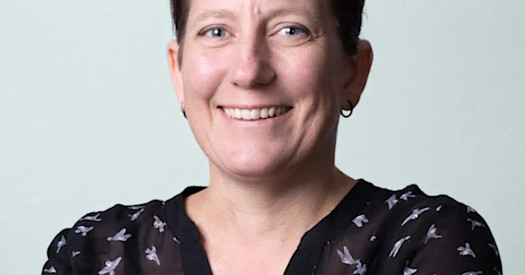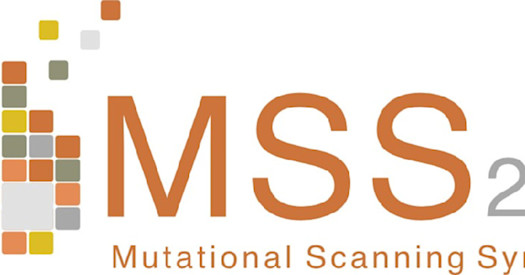 Artwork by: Uta Mackensen
Artwork by: Uta Mackensen
By: Alexandra Canet Font, Marketing Manager, Wellcome Genome Campus
The 6th Annual Mutational Scanning Symposium, the first one to take place outside of North America and at the Hinxton Hall Conference Centre, on the Wellcome Genome Campus, was organised by the Wellcome Connecting Science Learning and Training team, and members of the Atlas of Variant Effects Alliance. The Alliance is an international collaborative effort to create an atlas of all possible variants of human genes and is spearheading efforts to advance the use of mutational scanning technologies.
These new methodologies, also referred to as Multiplex Assays of Variant Effect (MAVE), are key to variant interpretation and are transforming our understanding of the human genome. The forum served as a platform to discuss how to apply data gathered in these experiments in a clinical setting - from diagnosing rare developmental diseases to understanding the basic mechanisms of disease gene function.
The two-day symposium gathered over 400 researchers in the fields of functional genomics, protein science, precision medicine, variant interpretation and computational genetics. The event was supported by Wellcome Connecting Science Conferences and Events with Professor Frederick ‘Fritz’ Roth, from the University of Toronto as keynote speaker.
Even though all humans share over 99.9 per cent of the same genome sequence, an individual’s genome can vary slightly due to changes in the DNA sequence - these small changes are called variants and they are what make each of us unique. Mapping out all these variants and their impact on health and disease are the primary goals of the Atlas of Variant Effects Alliance and are being conducted via a combination of biological and computational methods known as mutational scanning.
These technologies look closely at mutations in our DNA with the aim to understand how variation impacts factors such as our physical traits, health, and disease at a much larger scale than previously used analysis techniques.
Dr. David Adams, senior group leader at the Wellcome Sanger Institute and co-organiser of the symposium, said: “We are at a tipping point in our community. We need to make use of the data that we generate from these experiments and apply it for clinical translation. It’s also an exciting moment - it resembles the early days of the human genome project in which we were trying to work out how we scale these experiments properly. Building a variant effect map is one of the next big things in genomics research and the energy of this young and growing community is electric.”
For Lea Starita, co-organiser of the symposium and Associate Professor at the University of Washington, her key highlights of the gathering were the volume of unpublished work and the large scale of nascent projects in the field: “The human genetics community working on mutational scanning technologies has been very open to sharing ideas, new results, reagents and protocols. It has been great to see so much novel work, carried out at an incredibly large scale and shared very early on. This dynamism will hopefully help us shape and advance the technology at a quicker pace.”
The variety of talks was a highlight of the symposium. Starting with more technical sessions, such as the importance of calibration in biological experiments or the use of different types of genome editing methods to detect variants, among other talks, and moving to a more translational focus as the event progressed.
Professor Raghavan Varadarajan, from the Indian Institute of Science, for example, shared his work on how mutational scanning approaches can help develop inexpensive and safe vaccines that target respiratory viruses with no need for refrigeration.
In the domain of rare diseases, Dr Mafalda Dias, from the Centre for Genomic Regulation in Spain, talked about the challenges of identifying disease-causing variants - one of the bottlenecks for the diagnosis of rare disease patients - and how mutational scanning technologies are helping overcome this.
Attendees from all career stages attended the symposium, hoping to explore further and connect with others who are tackling the difficult experiments that are distinctive of mutational scanning technologies.
Cansu Dincer, PhD fellow at the Wellcome Sanger Institute, was glad to attend a specialised conference on this technology, especially so close to her lab: “As an early career scientist, it's important for me to meet people that are working on this technology and learn different techniques and perspectives. I have read the papers, but nothing equals the fact of having these experts in person and being able to have a deep conversation face to face.”
Dr. Yann Ilboudo, from McGill University, is an active member of the Alliance and looks after its seminar series. For him, attending the symposium was an opportunity, not only to find experts to collaborate with, but to look for a bigger diversity of speakers for the seminars. “It’s a fascinating technology, so we’re on the lookout for collaborators to explore the science in more depth - this symposium is just the right place for this,” said Yann.
Dr. Irene Gallego Romero is principal research fellow at St Vincent's Institute of Medical Research in Melbourne, Australia. She co-chairs the Outreach, Diversity and Inclusion committee and is the newest member of the Atlas of Variant Effects Executive Committee. For her, the symposium is about bringing people together who are optimising different parts of the technology.
It is also the right place to give visibility to the alliance’s work: “We have achieved a great amount so far in the mutational scanning field. We now need to include funders to take it to the next level and start democratising this technology - we need to improve it, make it less costly, less specialised, and we need more global training. We have to really think - how do we make it accessible to the labs across the world, especially to low and middle-income countries?”
The symposium was preceded by a smaller workshop on clinical applications of variant effect maps. This face-to-face meeting was co-organised and jointly hosted by the planning committees of ‘Curating the Clinical genome’ and the Mutational Scanning Symposium. The workshop explored the synergies between both communities, clinical genomics and mutational methodologies, in an effort to bridge the gap between both fields.


